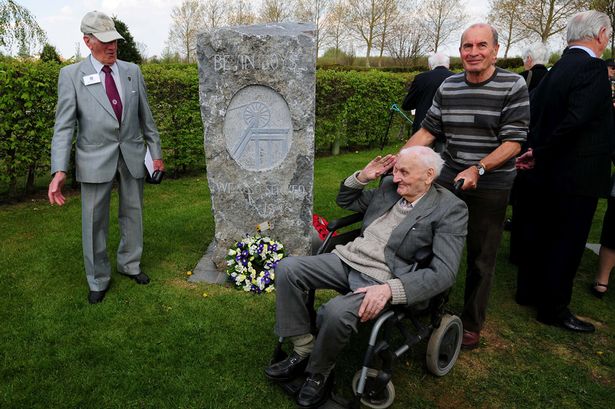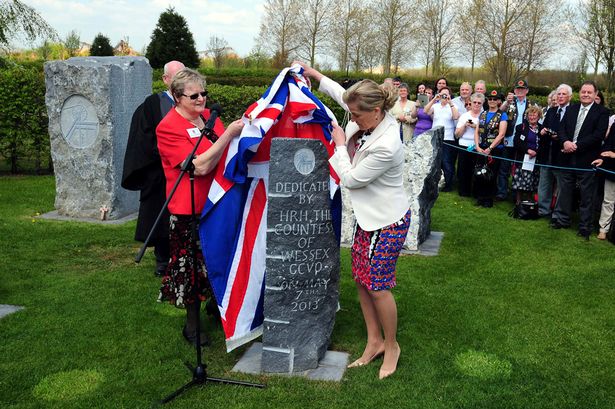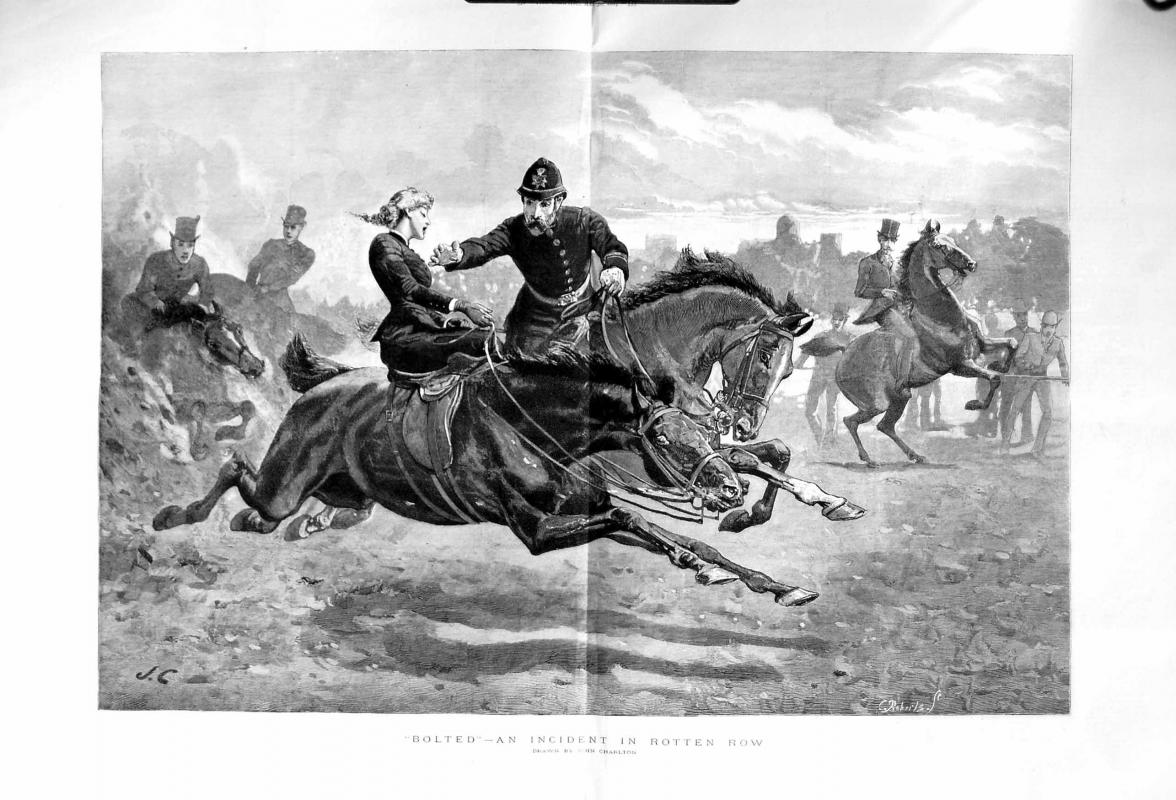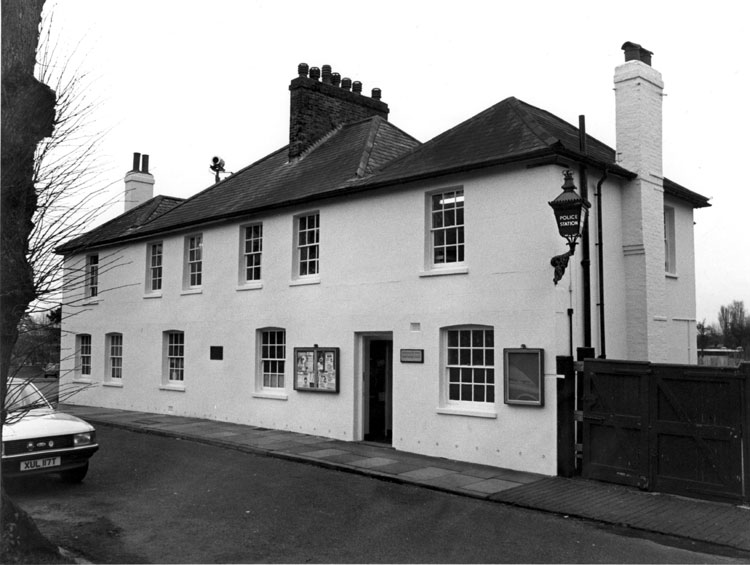-
Posts
96 -
Joined
-
Last visited
Content Type
Profiles
Forums
Blogs
Gallery
Events
Store
Posts posted by 219PG
-
-
Oh and I forgot to mention that over half of the Hendon Police college estate is to be sold also !!!
0 -
Mervyn
I'm afraid the Met (and the London Fire Brigade) is going through some of the biggest changes in recent years to save money - The new London Police Model is to put in place soon and many stations are being closed (section houses and police married quarters have long gone) and shift systems changed - to enforce changes a new fast track officer class has just been recruited.The guys now work out of shops & Industrial estates on the pretext of being closer to the community -
-----------------------------------------------------------------------------------------------
The plan for 2013-16 says changes to the Metropolitan police's estate - which has almost 500 buildings - will save £60m in running costs.
The plan notes the number of crimes reported at front counters has dropped by 100,000 since 2006/7, and the majority of people report crime over the phone.
Each borough will have a front counter open every day for 24 hours and 94 "contact points" will be open a minimum of three times a week.
Of the 63 front counters being closed, 34 of the buildings will be kept and 29 sold.
A further 15 police stations are said to be unsuitable in the long-term and may also be sold once alternatives can be provided, including Barking, Ealing, Chelsea, Tottenham and Chingford.
Under a new local policing model, safer neighbourhood teams will focus on clusters of wards, Local Police Areas.
Each ward will have its own dedicated police constable, but now only one dedicated police community support officer.
The Mayor's Office for Policing and Crime (MOPAC) has been set priorities which it will be held to account on.
These are reducing key neighbourhood crimes (including burglary and vandalism) by 20%, cutting costs by 20% and boosting public confidence by 20%.
Deputy mayor for policing, Stephen Greenhalgh, said despite having to find significant savings, the plan would "allow Londoners to reconnect with the Met, and the Met to reconnect with Londoners".
0 -
Peter
You have got me thinking there - surely Christie's medals must be in a collection already ? On another note I popped into the Met Police Heritage centre today to look into some old Divisional records re some of my photo's - I was blown away with the history that I held- well worth a visit if you vidit London.
Alex
0 -
Peter
Like you I have never really been interested in special related items but your local knowledge has really helped you find a special group. In these days of body recovery courses e.t.c the thought of a special being involved in such an incident would be unbelievable to the modern policeman.
Alex
0 -
By the summer of 1943 more than 36,000 men had left the coal industry.
The British Government decided that it needed around 40,000 men to take their places.
They became known as Bevin Boys when, in December 1943, Labour and National Service Minister Ernest Bevin devised a scheme whereby a ballot took place to put a proportion of conscripts into the collieries rather than the armed services.
Alongside the ballotees were also men who volunteered for service in the coal mines rather than military.
Between 1943 and 1948, 48,000 young men were conscripted for National Service Employment in British coal mines.
 0
0 -
A memorial has been dedicated to thousands of young men who worked in British coal mines during WWII.
They were known as the Bevin Boys and they carried out the dangerous, vital, work of keeping coal supplies flowing during the war.
Former miners and the Countess of Wessex were at The National Memorial Arboretum at Staffordshire for the unveiling
-----------------------------------------------------------------------------------------------------------------------------------------
Many of these young men wanted to join the military but were forced down the coal pits - some under the excuse they were flat footed or that if they were left handed they wouldn't be able to fire a Lee Enfield 303 rifle.
 0
0 -
Same here - strange to think our groups may be researched like the 1887/1897 etc - really don't like seeing guys putting theirs on ebay.
 0
0 -
I agree - I have looked at the Met Roll of honour with negative result - I'm afraid guys die during service and if its not through any form of gallantry etc its not recorded - Death cert will give you will give you a result - Keep at it,you will get there. Please let us know the result!
0 -
Staying on the topic of police dealing with runaway horses - This 1880's illustration depicts a mounted Met Police constable attempting to rescue a women on a runaway horse in Rotten Row, Hyde Park, London.
 0
0 -
Sorry joined 23/06/1884 !!!!!!!!!
0 -
Think this is your man - Pc Arthur Bragg - warrant number 69494 - joined the Met 23/06/1864 & posted to C Division - entitled to 1887 Jubilee medal with 1897 bar & 1902 Coronation medal while serving at Greenwich R Division - pensioned 27/06/1910 on B Division Chelsea (Westminster).
0 -
Stunning - what a career !! Any images of the man ?
0 -
Looks like a drugs raid that didn't find anything so they resorted to animal cruelty when when the bald bird was found.
 0
0 -
You could never call this group insignificant !!!!!!! - You certainly have some great police gallantry groups.
0 -
Farnborough Police Station 1867 - 1987
 0
0 -
Peter
By a strange coincidence I know Locksbottom very well as it's only 5 mins away from where I live.
Although in Farnborough Kent it is now part of the London Borough of Bromley and has been part of the Metropolitan Police District since 1864. It is rumoured that Sir Robert Peel was lobbied to build a station there by friends because of problems with highwaymen. It was originally on R Division but in 1865 it was transferred to P Division (Camberwell). In 1867 two buildings were purchased by the Met police at Locksbottom to become Farnborough police station and it remained in the Met until 1987.
I notice that Pc Smith retired from the Met while on P Division and he was living at Locksbottom. Because of the rural nature of the area I am sure he would have been stationed at Farnborough police station.
As for the horse related injury, it might have been a runaway scenario but more likely as a result of an accident on mounted patrol.
As you can see from the below entries from the Met Roll of honour these type of accidents were common.
PC George Hall
Died 4 July 1846, aged 21
Fatally injured when thrown from his horse after 15 hours on duty.PC Malachi Shannon
Died 28 June 1856, aged 34
Fatally injured when accidentally thrown from his horse on patrolPC William Fuller
Died 19 April 1859, aged 43
Killed taking a police horse to the station when it reared and fell.Insp William Hard
Died 11 June 1862, aged 43
Died from a fractured skull caused by a fall from his horse on duty.Sgt Henry Collins
Died 21 November 1866, aged 38
Fatally injured apparently having been thrown from his horse at night.Sgt George Robins
Died 11 October 1870, aged 46
Killed when kicked by his horse while practicing mounted drill.PC Richard Cook
Died 14 October 1878, aged 28
Fatally injured when his horse fell on him while on mounted patrol.Insp Joseph Hughes
Died 27 November 1882, aged 37
Killed when thrown from his horse while returning from courtPC Robert McGaw
Died 10 February 1887, aged 29
Died from a fractured skull after being kicked by his police horse.Alex
0 -
Peter
You were right - of apparently 226 KPM's awarded to Met police officers up to 1940, 41 (18%) were for dealing with runaway horses
Alex
0 -
Thanks Peter - very interesting to see your Liverpool City collection !!
Alex
0 -
During the 19th century the streets of Liverpool & London were crowded with horse drawn vehicles and it was not uncommon for police to deal with runaway horses. In London the Met Police regs even gave instructions how to deal with runaway horses which gave such pearls of wisdom as 'run in the same direction as the horse'.
A search of the Met Police Roll of honour gives evidence as to how dangerous an event it was !!. For Pc Ellis to have dealt with four separate such incidents and lived to tell the tale is truly amazing and he deserved his medal & clasps.
Can you tell me what is says on the clasp & what regiment he joined in the army?
The following are entries from the Metropolitan Police Roll of honour
10/09/1879 - Pc William Twinn aged 23 years - Fatally injured while attempting to stop a runaway horse & cart.
11/02/1885 - Pc Albert Thompson aged 33 years - Fatally injured while on point duty trying to stop a horse & cart.
24/06/1891 - Pc George Cole aged 33 years - Fatally injured when run over trying to stop runaway horses & a van.
07/04/1919 - Pc Frederick William Lambert aged 40 years - Fatally injured attempting to stop a runaway horse & trap
0 -
Edward James Thomas was born in 1853 at Newbury in Berkshire, the son of a Great Western Railway porter. Between 1881 and 1891 he lived in Croydon and Clapham (both on W Division) with his wife Arabella and four children, Jeannie, Edward, Alberta and Kathleen. In 1899 he retired as a constable in the Metropolitan Police and returned to Berkshire where he lived in the village of Kintbury situated between Newbury & Hungerford. In 1911 aged 58 he was still living with Arabella and youngest daughter Kathleen who was by now a school teacher.
The life of a Victorian Metropolitan police constable re discovered after the chance purchase of an old book page!!!
0 -
Great group -very interesting to see the 40 year bar ! - looking forward to see some more of your City of Liverpool collection
 0
0 -
Pc Charles Holdaway - warrant number 71420 - joined the Metropolitan Police 23/02/1886 & posted Y Division (Highgate) - left 29/04/1893 with gratuity as Pc on N Division (Islington) - only entitlement is 1887 Jubilee medal.
Pc George Luxford - warrant number 70253 - joined the Metropolitan Police 07/03/1885 & posted to K Division (Bow) - Dismissed from the Force 02/04/1891 as Pc on K Division - only entitlement is 1887 Jubilee medal.
At the moment having trouble finding Pc Smith on P Div who is entitled to the 1887 Jubilee medal with 1897 clasp.
Both Holdaway & Luxford joined too early to have a record of service available in the National archives.
0 -
On my first ever beat in 1976 I passed my Divisional Inspector and didn't salute this resulted in a pocket book caution - I remember being up town on aid and saluting officers as it was expected - the last time I saluted was on anti robbery patrol along the South Bank by Tower Bridge when I spotted the then Commissioner Sir Ian Blair and his bag carrier waiting to go into the Greater London Authority building for a meeting with the mayor. He was in shirt sleeve order and obviously didn't want to be spotted but being old school I went over to him and gave the usual 'all correct' & saluted.
0 -




Medicine Hat Police Service Chiefs of Police
in Great Britain: Mervyn Mitton's British & Colonial Police Forces
Posted
Do any of you medal guys know what medals Chief James Bruce is wearing ?